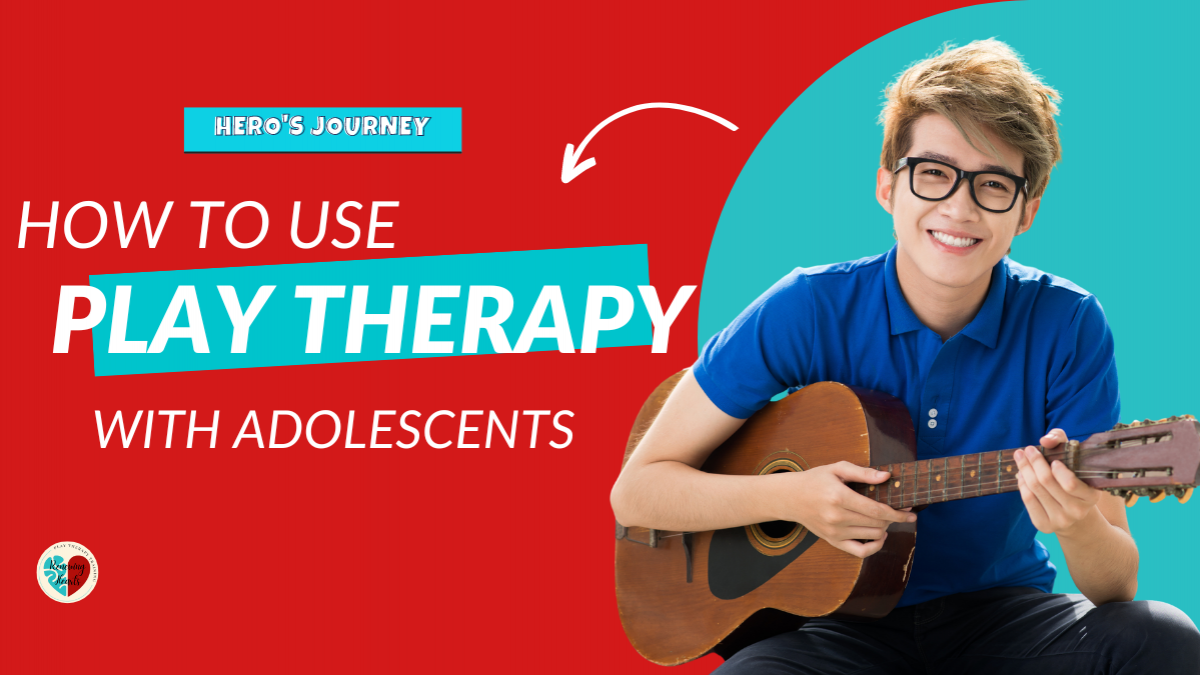How to Use Play Therapy with Adolescents

First and foremost, let's consider the developmental tasks that adolescents are grappling with. They're in a phase of identity formation, where they're exploring who they are, their values, beliefs, and their place in the world. This period is rife with questions about self-identity, peer relationships, family dynamics, and navigating social challenges. Anxiety and insecurity often accompany these developmental milestones, leading many adolescents to struggle with imposter syndrome, a feeling of inadequacy despite external success.
It's crucial to create a safe space for adolescents to explore these complex issues. Expressive arts, such as music, art, writing, drama, and movement, offer a creative outlet for self-expression and exploration. By meeting adolescents where they are and tapping into their interests, we can facilitate trust and rapport, essential for delving into deeper emotional territories.

Expressive arts in play therapy provide a non-verbal avenue for adolescents to express themselves and process their experiences. Whether it's through drawing, writing poetry, or engaging in role-play, these activities help adolescents access the therapeutic powers of play within a supportive therapeutic relationship.
To effectively incorporate expressive arts into play therapy, it's essential to ground the work in theory. Drawing from neuroscience and attachment theory, we can understand the underlying mechanisms driving adolescent behavior and tailor interventions accordingly. By conceptualizing the problem through a neurobiological and attachment lens, we can develop a comprehensive treatment plan that addresses the client's needs at every stage of the change process.
If you're interested in furthering your knowledge of play therapy with adolescents, consider exploring Play Therapy Academy. Our online consultation program offers bi-monthly meetings for case consultations and practical insights into applying theory in real-world scenarios. You'll benefit from a supportive community and gain access to a wealth of resources and ideas to enhance your practice.
In conclusion, play therapy offers a powerful avenue for supporting adolescents on their journey of self-discovery and emotional healing. By incorporating expressive arts and grounding our work in theory, we can create meaningful interventions that resonate with adolescent clients.
Categories: : Adolescents in Play Therapy, Expressive Arts, Play Therapy, Podcast
 Cathi Spooner
Cathi Spooner 
